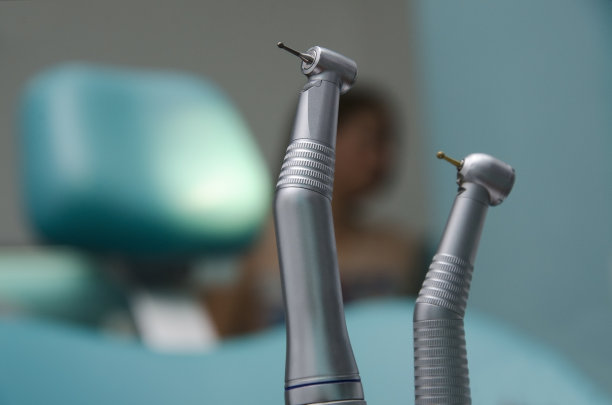Essential Precautions for Ensuring a Successful Dental Filling Procedure and Optimal Oral Health Aftercare
Summary: Dental fillings are an essential procedure for maintaining oral health and preventing further tooth decay. This article delves into essential precautions to consider before, during, and after a dental filling procedure. It covers the importance of proper dentist selection, suitable material options, understanding the procedure steps, and critical aftercare practices. By adhering to these precautions, patients can ensure a successful filling procedure and promote optimal oral health moving forward. The goal is to foster an informed and proactive approach to dental care.
1. Choosing the Right Dentist for the Procedure

Selecting a skilled and experienced dentist is fundamental to the success of a dental filling procedure. Patients should conduct thorough research to find a practitioner with good reviews, recommending professionalism and expertise. A well-reviewed dentist will have a proven track record of successful procedures, which can significantly reduce anxiety and increase confidence in the treatment outcomes.
Furthermore, consultation appointments provide essential opportunities for patients to discuss their concerns and ask questions about the procedure. During these visits, patients should gauge the dentists communication style and willingness to explain the process. This rapport is vital, as it fosters a trusting relationship that can enhance the overall experience.
Lastly, assess the dental practice environment. It should be clean, well-organized, and equipped with up-to-date technology. Practices that prioritize hygiene and use modern equipment are more likely to provide effective and safe treatment, making it an important aspect to consider before proceeding with a dental filling.
2. Understanding Dental Filling Materials
Dental fillings come in various materials, each offering unique advantages and disadvantages. Common options include amalgam, composite resin, and porcelain. Patients must understand these materials to make an informed decision that aligns with their oral health needs and aesthetic preferences.
Amalgam fillings, composed of a mixture of metals, are known for their durability and resistance to wear. However, they are silver-colored and less appealing for visible areas of the mouth. Composite resins, on the other hand, can be color-matched to teeth, making them a popular choice for fillings that blend seamlessly with a patients natural smile.
Porcelain fillings, also known as inlays or onlays, offer aesthetic appeal and the strength needed for significant restorations. However, they tend to be more expensive and may require multiple dental visits for fabrication. Patients should discuss their options with their dentist to select the filling material that best suits their needs, budget, and sensitivity to metal or other components.
3. Knowing What to Expect During the Procedure
Understanding what happens during the dental filling procedure can help ease anxiety and set realistic expectations. The process typically begins with the dentist administering a local anesthetic to numb the area around the tooth needing treatment. This step is crucial for ensuring patient comfort throughout the procedure.
Once numb, the dentist will remove the decayed portion of the tooth using specialized tools. Its essential to ensure that all decayed tissue is thoroughly eliminated to prevent further complications. The dentist will then clean the cavity and prepare the area for the filling material.
Finally, the chosen filling material is applied carefully into the cavity. The dentist will shape and polish it to ensure a secure fit that mimics the tooths natural contours. Understanding these steps allows patients to be more mentally prepared for their visit, reducing stress and improving the overall experience.
4. Importance of Aftercare for Oral Health
Aftercare following a dental filling is crucial for ensuring the success of the treatment and maintaining optimal oral health. Patients should adhere to any instructions provided by their dentist, which often include limiting certain foods or activities for a short period. Proper aftercare minimizes complications and helps the filling settle correctly.
Maintaining an excellent oral hygiene routine is also vital. Patients should brush their teeth gently yet thoroughly, focusing on the filling area to avoid plaque buildup. Regular flossing is equally important, as it prevents food particles from becoming trapped between teeth, which can lead to decay near the filling.
Regular dental check-ups are essential for monitoring the condition of fillings and overall oral health. Dentists can identify any potential issues early, ensuring that both the filled tooth and surrounding areas remain healthy. Proactive care plays a significant role in extending the life of dental fillings and preserving overall dental health.
Summary: The outlined precautions—choosing the right dentist, understanding filling materials, knowing what to expect during the procedure, and following proper aftercare—are all integral to the success of a dental filling. Each step contributes not only to a successful treatment outcome but also fosters long-term oral health. Engaging actively in these considerations prepares patients for a positive dental experience.
This article is compiled by Vickong Dental and the content is for reference only.


